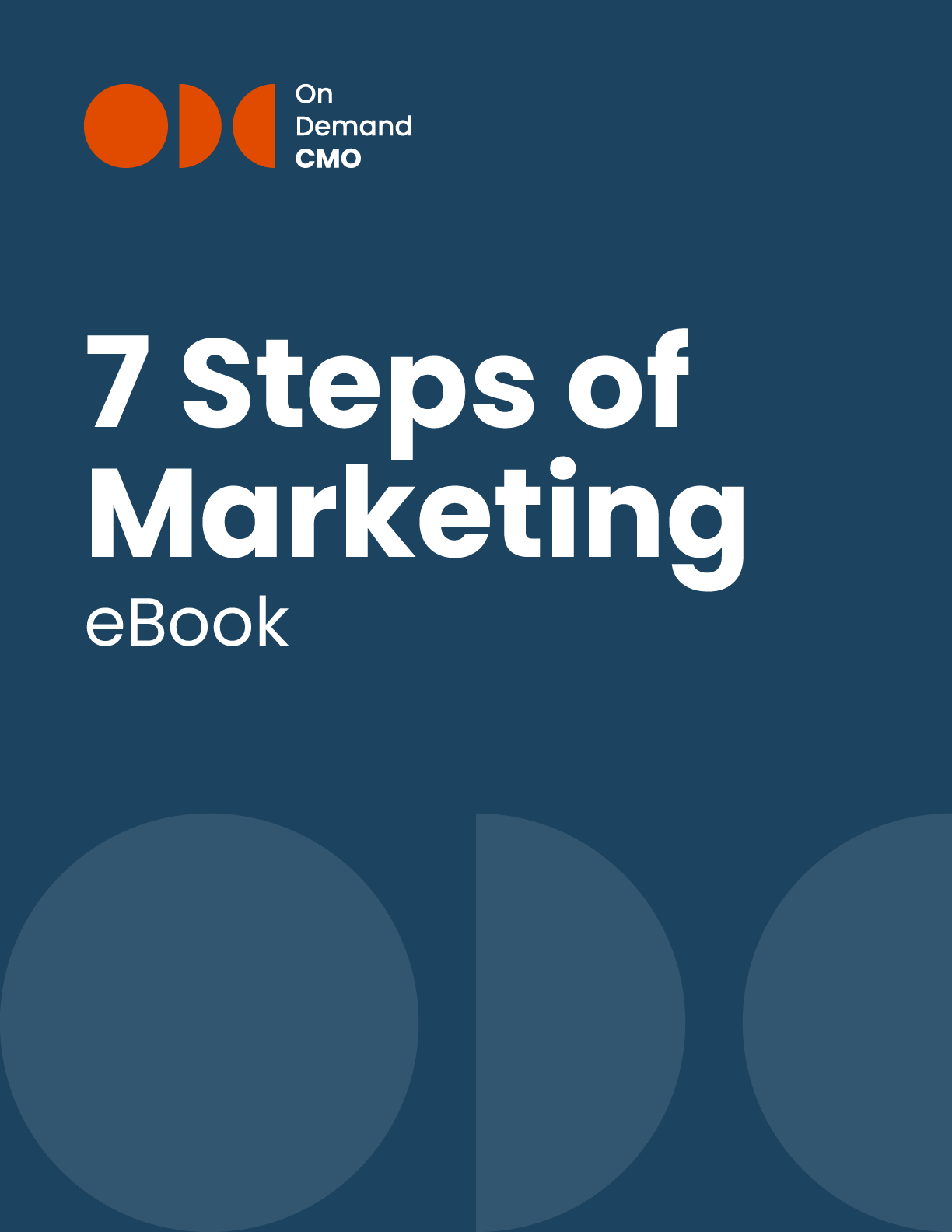
Most people have a very keenly developed sense of schadenfreude. If you don’t believe me, just Google “fail” and laugh your way though the first few hits. It’s human nature to relish the misfortune and mistakes of others. While the internet is well populated with photos and videos of clumsy people falling and inebriated folks doing stupid things, there’s another kind of fail the internet loves: the marketing fail. Here’s how to avoid a marketing fail.
There are a wide variety of types of marketing failures, some would include being ignorant, insensitive, impersonal, or just plain idiotic, but the common theme in all marketing fails, is not knowing your audience. If you know everything there is to know about your audience, you’ll have a pretty good chance of creating impactful marketing materials that inspire conversions.
Let’s look at how a few brands recently made some great marketing fails and what their mistakes were:
The Ignorant:
AARP: I was inspired to write this post when a member of my staff told me about how he received an invitation to join AARP for his 25th birthday. Since AARP has not suddenly broadened its membership base to include those in the 20-30-year-old age demographic, this is definitely a marketing fail. (Even funnier, this is not the first time this has happened!)
What went wrong here? AARP was ignorant about the people on its prospective customer list and wasted marketing resources trying to sell its services to people with no interest in it.
The solution: Avoid automating everything and keep up with your lists and use filters to screen people who are not in your target demographics.
J.P. Morgan: A different kind of ignorance was on display by the leadership of J.P. Morgan in November 2013, when they tried to host a Twitter Q&A session. The chat was quickly overrun with a wave of Occupy-New-York-esque sentiment as the public took the opportunity to turn a hashtag (#AskJPM) into a bashtag.
What went wrong here? The folks at J.P. Morgan were ignorant about how people (especially those on Twitter who tend to skew younger and more liberal and more anti-Wall Street) felt towards it and invited the abuse by not doing their research.
The solution: Do your homework. Listen on social media for how people perceive your brand and learn the culture of different social media networks. Once you know that, you’ll have a better sense of how to interact with your customers (or your haters) on social media).
The Insensitive:
Epicurious: Foodie website Epicurious used the Boston Marathon Bombing as a marketing prop, combining both, “sympathy” for the victims and suggestions for whole-grain cranberry scones in one tweet! Understandably, there was a twitterific backlash against Epicurious’ insensitivity.
What went wrong here? Epicurious was just the latest in a long line of brands to try and capitalize on disasters (natural or manmade). It’s insensitive, stupid, and it never goes over well.
The solution: Newsjacking is great, but don’t newsjack disasters. If you are ever tempted to use a disaster in your marketing, think how you would feel if your family/friends were impacted by the disaster and another brand tried to co-opt your painful situation to sell their stuff.
The Impersonal:
Neolane: Neolane bills itself as a “conversational marketing technology provider, which develops marketing automation software,” but when it announced in an email that Adobe has just acquired the company, Neolane forgot to address the emails—so they started out “Dear ,”. Oops!
What went wrong here? Neolane fell into a common marketing automation pitfall—automating everything and forgetting to have a human check the materials. They tried to personalize their emails, but they failed.
The solution: Be careful with automating all your processes. If a marketing automation company can be tripped up, you can too.
The Idiotic:
Volkswagon: A Chicago-area VW dealer put up a highway billboard with a QR code. Because someone selling cars should always encourage potential customers to be distracted drivers and attempt to scan a QU code while driving. Needless to say, the boneheaded billboard did not go over well, either with customers or with VW corporate.
What went wrong here? QR codes are great, but encouraging customers to do something dangerous in order to scan the codes is just idiotic. Especially if you sell cars and are encouraging distracted driving.
The solution: Use common sense and don’t invite your customers to do something dangerous to visit your website. If they die before they get to your website, they can’t buy from you!

OnDemandCMO has authored 7 Steps of Marketing, the only marketing guide book you’ll need to either get your marketing started properly, or stay on track strategically.
It features best practices on branding, messaging, social media, lead generation and much in between.
Please let us know who you are, and we'll share a few of our secrets (we don't sell or trade your info)!